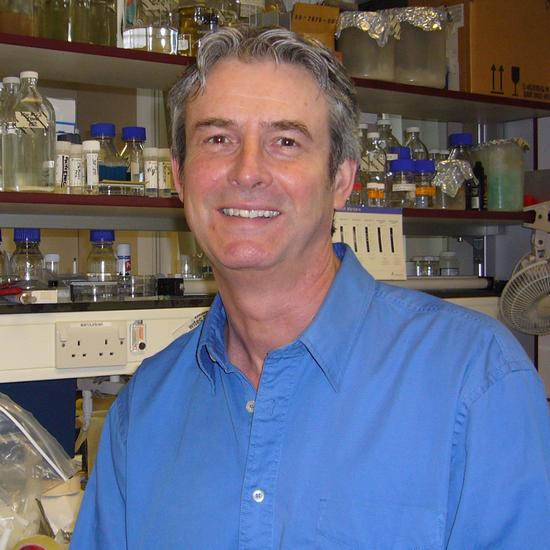Neil Hunter has characterised the full set of molecular components that photosynthetic bacteria use to capture energy from sunlight. Green plants and photosynthetic bacteria use chlorophyll and carotenoid pigments to harvest solar energy. Neil has used techniques that range from genetic engineering to spectroscopy and high-resolution microscopy to understand how chlorophylls and carotenoids are made, how they are attached to proteins to form energy-gathering complexes, and how these complexes congregate to form extensive membrane networks.
These membranes are nanoscale solar panels that convert and store solar energy. In order to understand them better, Neil is now fabricating functional, nanopatterned arrays of photosynthetic complexes on silicon and other surfaces — work that forms the basis for rational design of bioinspired devices for collecting and using solar energy. Neil also uses molecular genetics to redesign photosynthesis in bacteria, so that we can enhance solar energy capture for future biotechnological uses and supply clean and sustainable energy.
Subject groups
-
Molecules of Life
Biochemistry and molecular biology, Biophysics and structural biology, Molecular microbiology

